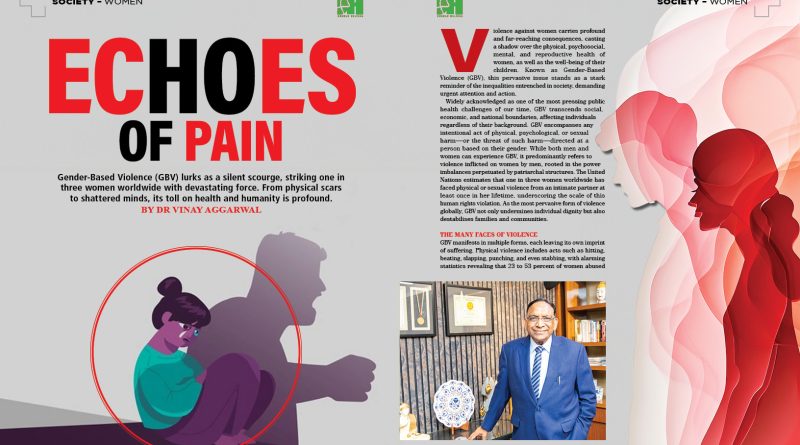Echoes of Pain
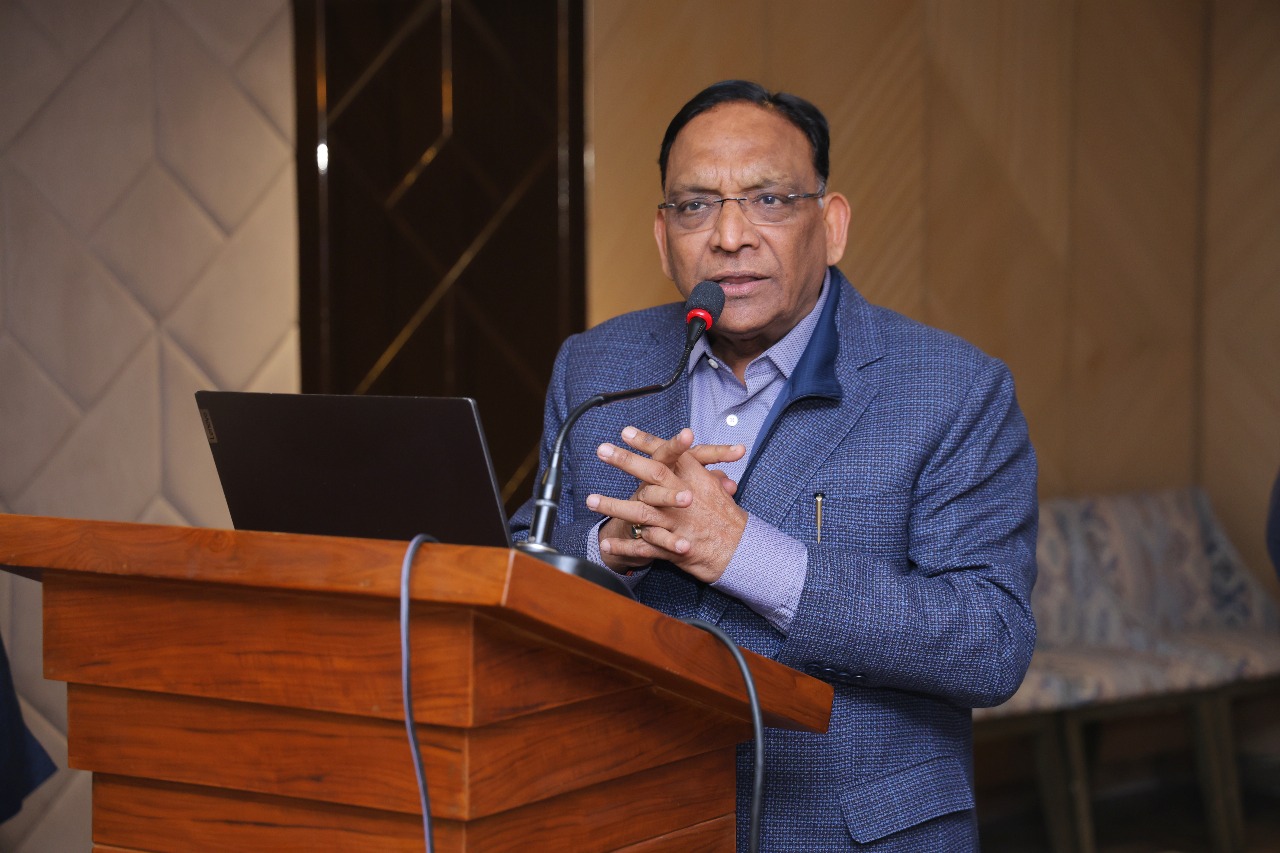
Gender-Based Violence (GBV) lurks as a silent scourge, striking one in three women worldwide with devastating force. From physical scars to shattered minds, its toll on health and humanity is profound.
By Dr Vinay Aggarwal
Violence against women carries profound and far-reaching consequences, casting a shadow over the physical, psychosocial, mental, and reproductive health of women, as well as the well-being of their children. Known as Gender-Based Violence (GBV), this pervasive issue stands as a stark reminder of the inequalities entrenched in society, demanding urgent attention and action.
Widely acknowledged as one of the most pressing public health challenges of our time, GBV transcends social, economic, and national boundaries, affecting individuals regardless of their background. GBV encompasses any intentional act of physical, psychological, or sexual harm—or the threat of such harm—directed at a person based on their gender. While both men and women can experience GBV, it predominantly refers to violence inflicted on women by men, rooted in the power imbalances perpetuated by patriarchal structures. The United Nations estimates that one in three women worldwide has faced physical or sexual violence from an intimate partner at least once in her lifetime, underscoring the scale of this human rights violation. As the most pervasive form of violence globally, GBV not only undermines individual dignity but also destabilises families and communities.
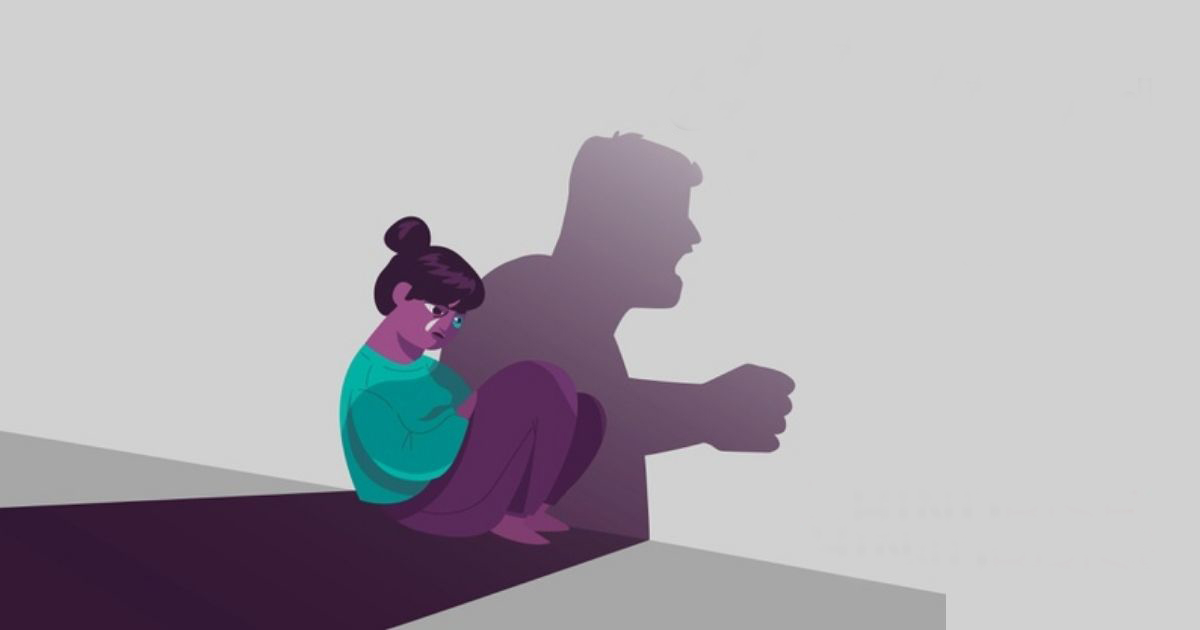
The Many Faces of Violence
GBV manifests in multiple forms, each leaving its own imprint of suffering. Physical violence includes acts such as hitting, beating, slapping, punching, and even stabbing, with alarming statistics revealing that 23 to 53 percent of women abused by their partners during pregnancy endure kicks or blows to the abdomen. Sexual violence takes shape through coerced sex, marital rape, attacks on sexual organs, or demeaning a partner’s sexuality—acts that strip away autonomy and self-worth. Verbal violence, often overlooked, involves tactics like withholding access to phones or transportation, belittling a woman’s relationships, or subjecting her to relentless monitoring and false accusations. Emotional violence erodes a woman’s sense of self through criticism, public ridicule, or threats to her bond with her children. Economic violence, meanwhile, traps women by denying financial independence, with abusers controlling earnings, withholding money, or demanding justification for every penny spent. Together, these forms of violence create a web of control and degradation, ensnaring nearly 30 percent of women in relationships globally, according to reports.
Roots and Risks
The origins of GBV lie deep within societal norms and individual experiences. Men with lower education levels, a history of witnessing child mistreatment, or exposure to family violence are more likely to perpetrate abuse. Attitudes that condone violence, uphold gender inequality, or are fuelled by substance abuse—such as alcoholism or drug addiction—further elevate this risk. On the other side, women with limited education, a background of childhood abuse, or an acceptance of violence as a norm face a heightened vulnerability to victimisation. This interplay of factors reveals a vicious cycle, where societal and personal histories converge to perpetuate harm.
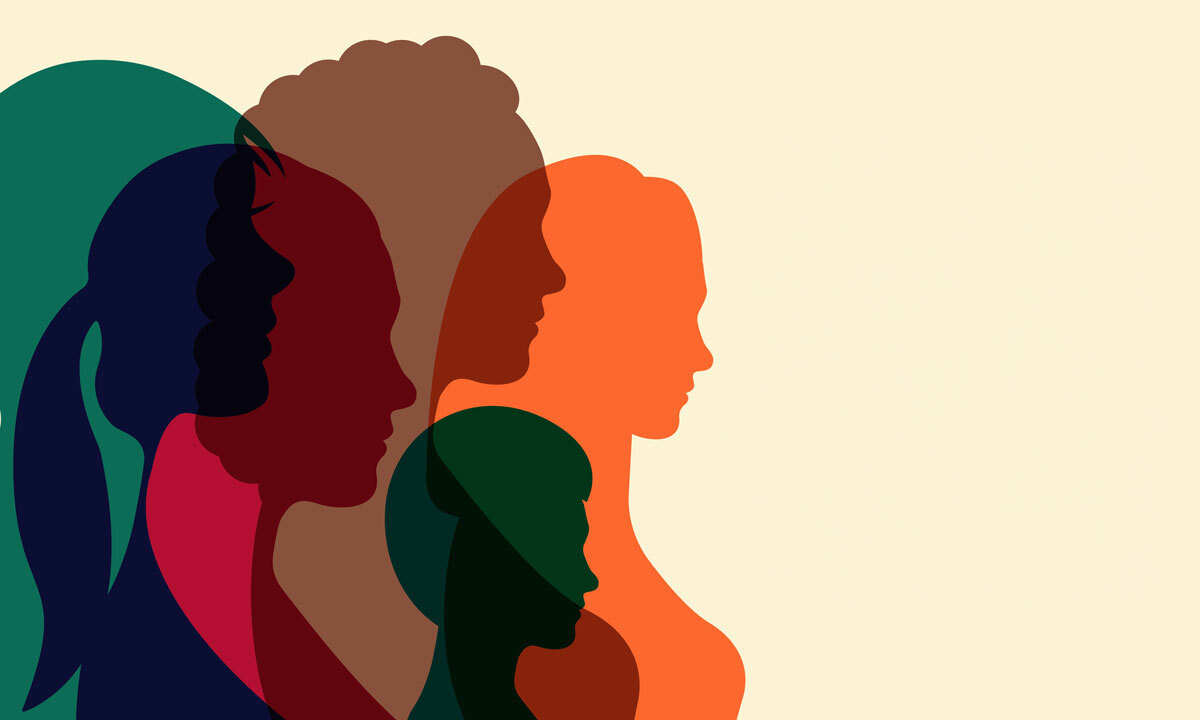
A Cascade of Health Consequences
The effects of GBV ripple across a woman’s life, compromising her physical, mental, and reproductive health in devastating ways. Physically, victims may suffer partial or permanent disabilities, chronic pain, gastrointestinal disorders, or organ damage, often compounded by poor nutrition. Mentally and psychosocially, the toll is equally severe—anxiety, guilt, shame, depression, post-traumatic stress disorder, sleep disturbances, and suicidal tendencies are common, alongside substance abuse and social isolation driven by stigma. Reproductively, GBV introduces a host of challenges, from sexual dysfunction and unprotected sex to low birth weight in newborns, neonatal death, maternal mortality, HIV/AIDS, and infertility. Studies highlight that abused women struggle more with contraceptive use, increasing their likelihood of unintended pregnancies, unsafe abortions, and adolescent motherhood.
The Shadow Over Pregnancy
Pregnancy, a time often associated with hope, offers no reprieve from GBV. Nearly one in four women experiences physical or sexual violence while pregnant, with dire consequences for both mother and child. Research shows that newborns of abused mothers face a higher risk of dying before age five, often due to low birth weight linked directly to violence during pregnancy. Pregnant women subjected to GBV are also more likely to delay antenatal care, jeopardising their health and that of their babies. The connection between GBV and sexually transmitted infections, including HIV, further amplifies these risks. In India, for instance, married women enduring both physical and sexual violence from their spouses are four times more likely to contract HIV than their non-abused peers. A study in Tanzania paints an even grimmer picture, finding that young women aged 18 to 29 who experience GBV are ten times more likely to be HIV-positive. Depression, substance abuse, and inadequate weight gain during pregnancy are additional burdens borne by these mothers, contrasting sharply with the experiences of women spared from violence.
Beyond the Mother: Impact on Children
The repercussions of GBV extend beyond the woman herself, profoundly affecting her children. Violence during pregnancy doesn’t just threaten maternal health—it alters birth outcomes, with evidence linking it to neonatal complications and early childhood mortality. The trauma of living in an abusive household can also shape a child’s development, perpetuating cycles of violence across generations. Access to family planning, which could reduce maternal mortality by 20 to 35 percent by limiting exposure to pregnancy-related risks, remains elusive for many abused women, who often bear more children than they desire under coercive circumstances.
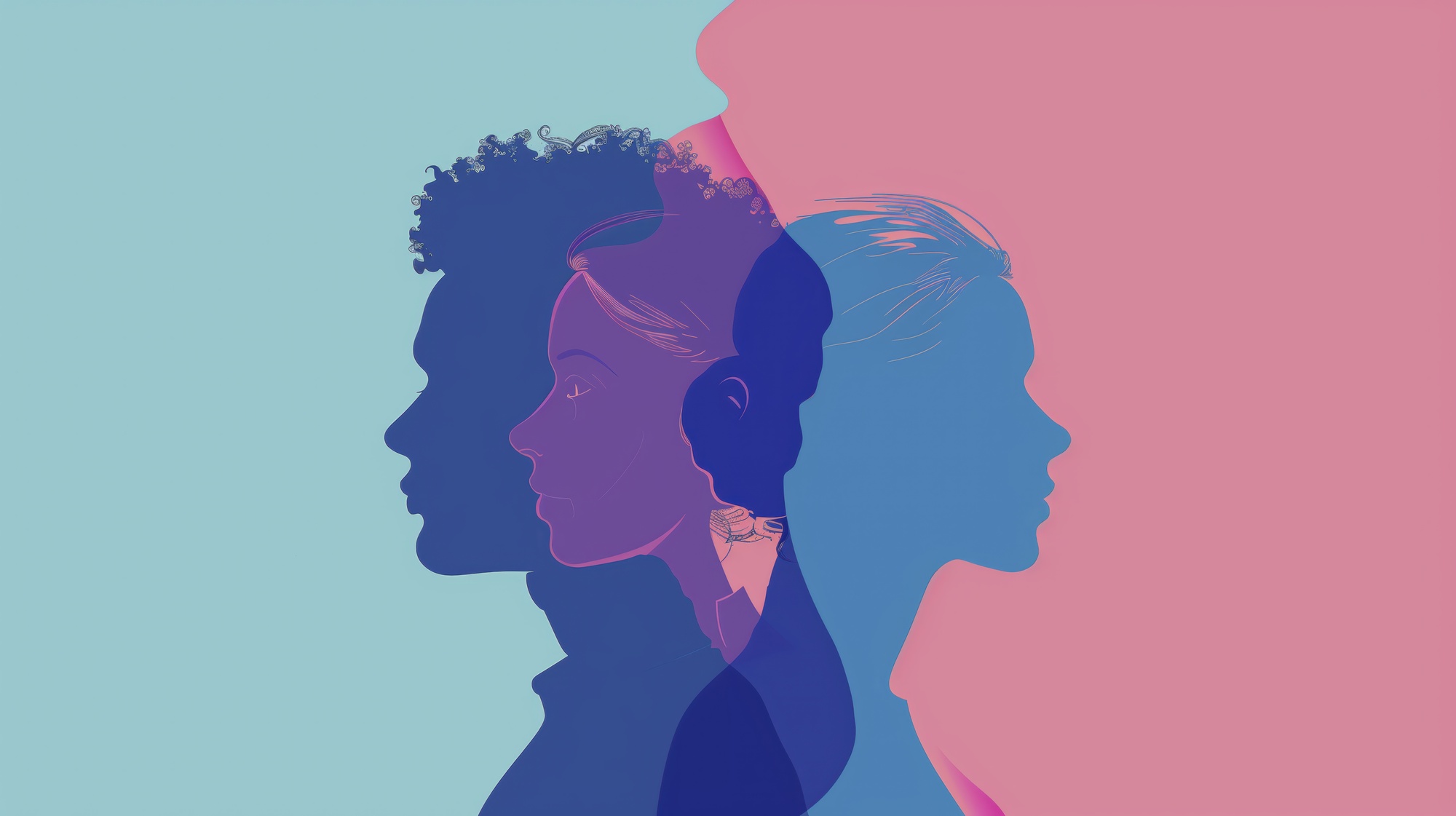
The Silence That Sustains
Despite its prevalence, GBV remains shrouded in silence, largely because women rarely report it. Fear of stigma and discrimination looms large—society is quick to label victims as “unclean” or at fault, piling blame on those already suffering. Many women hesitate to speak out, doubting they’ll be believed, especially when the abuser is an intimate partner. For married women, the fear of retaliation—whether threats to their loved ones or the spectre of murder—keeps them trapped. This reluctance to disclose abuse allows the issue to fester, unaddressed and unchecked, denying women the support and justice they deserve.
A Call to Uproot the Crisis
Gender-Based Violence is a grave injustice inflicted on women and girls simply because of their gender. It demands a collective response—a commitment to dismantle the patriarchal roots that sustain it and to foster a world where women can live free from fear. By raising awareness, challenging norms, and ensuring access to health services, education, and legal protections, society can pave the way for a safer, healthier, and more equitable future. The stakes are high, but the potential for change is within our grasp. Let us act decisively to break these chains of bondage and restore dignity to those who have suffered too long..
(The author is past national president of IMA and CMD of Pushpanjali Medical Centre)

